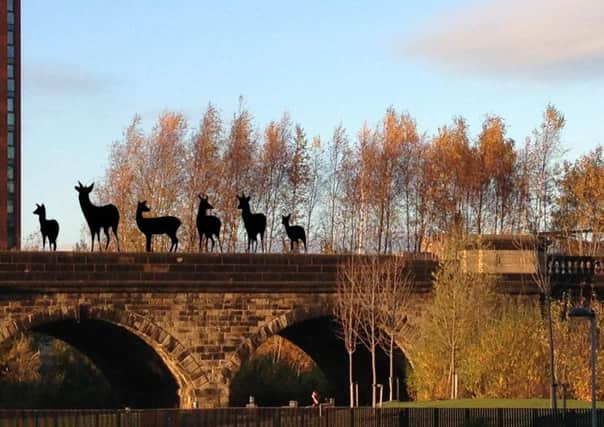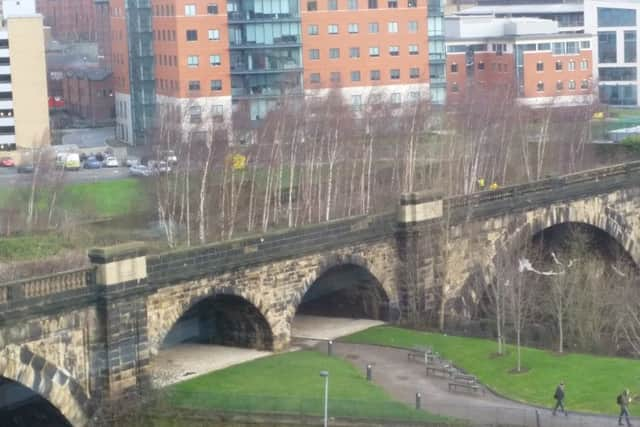Leeds nostalgia: Changing face of Holbeck Viaduct


From the windows of the new Yorkshire Evening Post headquaters on the fifth floor at No.1 Leeds on Whitehall Road, we enjoy an unrivalled view of this monument to the great engineering days of our past. Usually, the only living creatures we spot moving about upon it is the odd fox.
On Thursday of last week, however, there were other creatures about - these wore hi-vis jackets and so, of course, were of some importance.
Advertisement
Hide AdAdvertisement
Hide AdAnd they were making short work of the trees which have happily made a home on the disused viaduct, felling the lot in under an hour.


The viaduct, the proper name for which is Farnley Viaduct (even though it has come to be known as Holbeck Viaduct), was completed in 1882, built by the London & North Western railway company. It runs 1,800 yards from Gelderd Road to Globe Road and contains over 80 arches and several bridges. It ceased being used in 1987 but various schemes have been proposed which would bring it back into use.
A residents’ group put forward plans in 2014 to convert the viaduct into an urban walkway and cycleroute, connecting Holbeck and other areas directly to the city centre.At the time, the plans were backed by Network Rail.
Today it stands as a brooding reminder to the ingenuity of our Victorian ancestors. Viewed up close, the structure is full of nooks and crannies, passageways and gulleys - some fo the arches are of particular elegance. One only hopes it will one day be used once more.